In the world of security and surveillance, thermal cameras have become an indispensable tool. Going beyond the capabilities of conventional cameras, these devices offer a wide range of applications, from intrusion detection to identifying structural problems in buildings. But have you ever wondered if these cameras can see through walls or other obstacles? In this article, we will explore the capabilities and limitations of thermal imaging cameras, dispelling myths and providing useful information.
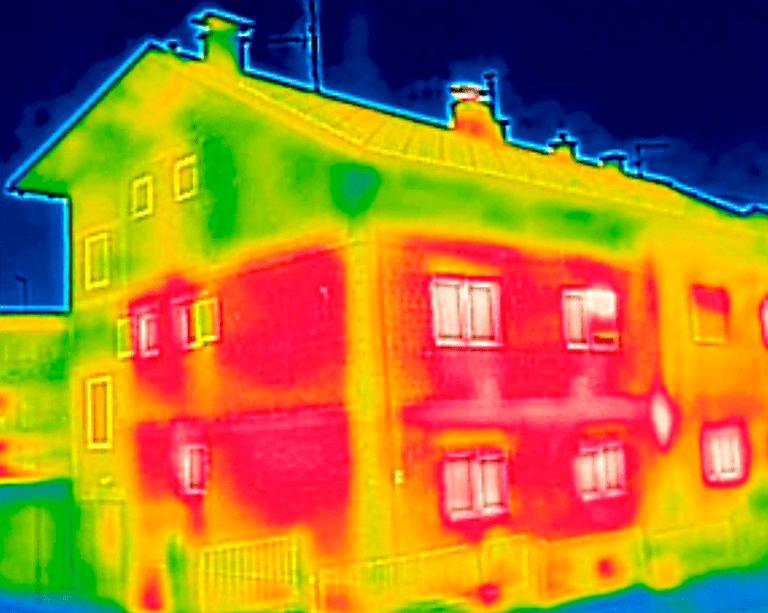
What are thermal imaging cameras?
Thermal imaging cameras are devices that capture infrared radiation emitted by objects to create a thermal image. Unlike conventional cameras, which capture visible light, thermal imaging cameras allow us to "see" heat. This makes them especially useful in low light conditions or in situations where visibility is a challenge. They are used in a variety of fields, including security, medicine, construction, and more. In the field of security, these cameras can detect the presence of people or animals in the dark, through fog or even in smoky environments.
Can a thermal camera see through fog or rain?
Fog and rain are weather conditions that often present challenges to human vision and surveillance cameras. However, thermal imaging cameras have a significant advantage in these scenarios. Although fog and rain can scatter infrared radiation, thermal imaging cameras are more effective at penetrating these conditions than the human eye or conventional cameras. This is because they capture infrared radiation, which is less susceptible to scattering caused by water droplets in the atmosphere.
For example, autonomous vehicle manufacturers are incorporating thermal imaging cameras into their sensors to improve visibility in foggy or rainy conditions. Additionally, in search and rescue operations, drone-mounted thermal imaging cameras can be extremely useful in locating lost people in dense fog environments.
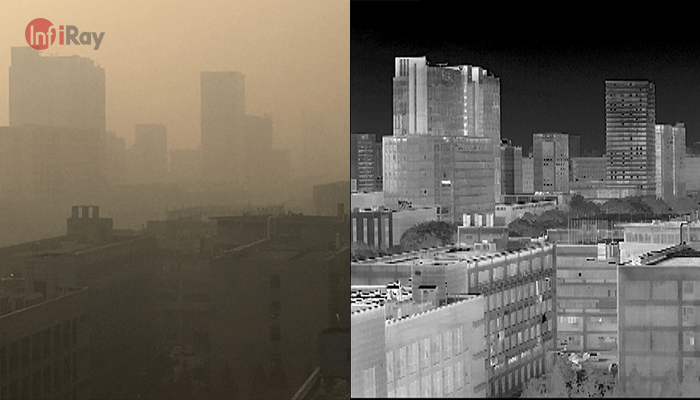
Can the thermal camera see through glass?
Glass is a material that presents a particular challenge for thermal imaging cameras. Unlike other materials, glass acts as a mirror for infrared radiation. If you point a thermal imaging camera directly at a window, you won't be able to see anything on the other side. Instead, you will see a reflection of your own body temperature. This is because glass is highly reflective in the infrared spectrum, meaning it reflects radiation rather than allowing it to pass through it.
This principle also applies to other reflective materials such as polished metal or ceramics. So, if you're thinking about using a thermal imaging camera to see through a window, you'd better reconsider your strategy.
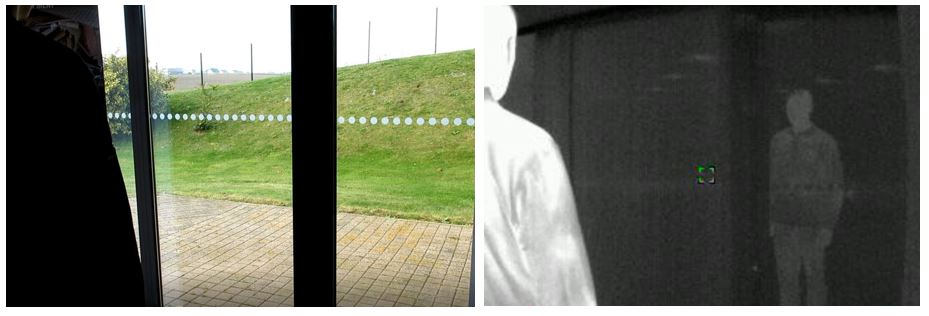
Can a thermal imaging camera see through water?
The short answer is no, thermal imaging cameras can't see through water. Water is an excellent conductor of heat, but it is not transparent to infrared radiation, which is what thermal imaging cameras detect. When a thermal imaging camera is pointed at a body of water, what is captured is the surface temperature of the water, not what is beneath it.
It is important to note that water absorbs infrared radiation, which means that any object or living thing below the surface of the water will not be visible to a thermal imaging camera. This is dThis is because the infrared radiation emitted by the object is scattered and absorbed by the water before it can reach the camera lens.
However, thermal imaging cameras can be useful in aquatic environments for other purposes. For example, they can detect heat leaks in underwater pipes or identify variations in water temperature that could indicate the presence of an underground heat source.

Can a thermal imaging camera see through concrete?
Concrete is another material that thermal imaging cameras cannot penetrate. Just like glass, you won't be able to see what's behind a wall of concrete using a thermal imaging camera. However, these cameras can be useful for detecting anomalies in the concrete surface, such as heating pipes or electrical cables that may be embedded in the wall.
In industrial applications, thermal imaging cameras are often used to inspect the structural integrity of concrete buildings, identifying areas where there may be heat or moisture leaks. Although they cannot see "through" concrete, they can provide a lot of useful information about what is happening on the surface.
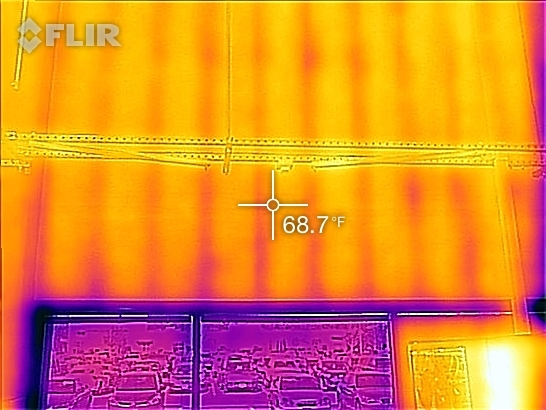
Can a thermal camera see through metal?
Metal presents a unique set of challenges when it comes to thermal imaging. Polished or smooth metals will act as mirrors for infrared radiation, similar to how glass does. This can complicate monitoring of machinery or pipelines for overheating. However, metals that are rougher or have been treated with matte materials are easier to measure accurately using thermal imaging cameras.
It is important to note that thermal imaging cameras cannot see "through" metals, but they can reveal hot or cold spots on the surface of metal, which is useful in industrial applications.
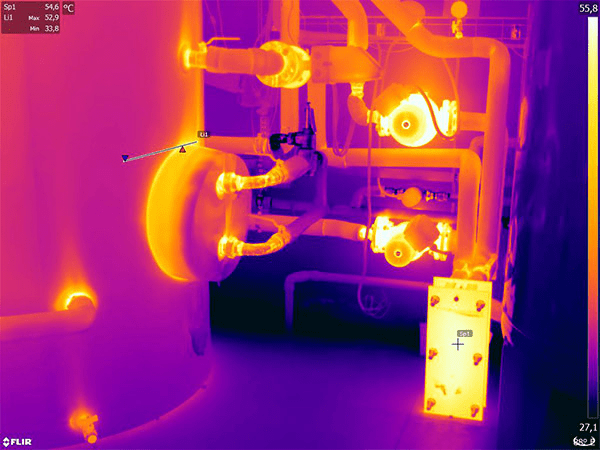
Can a thermal camera see through trees?
In natural environments, thermal imaging cameras are especially useful for detecting living beings, both day and night. Although they cannot see through the trunk of a tree, they are effective at seeing through leaves and less dense vegetation. This makes them valuable tools for rescue teams and hunters who need to quickly locate people or animals in wooded areas.
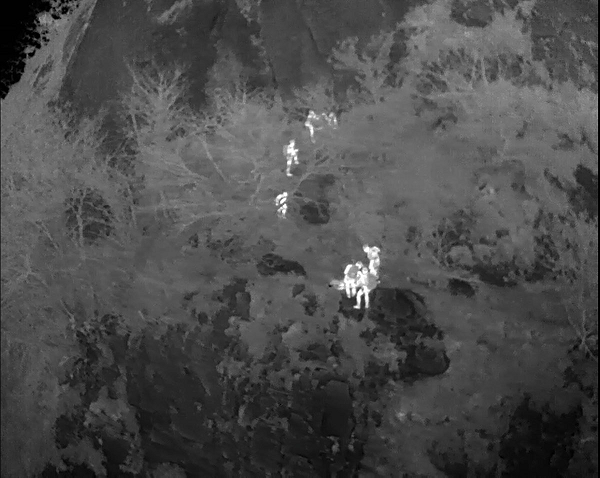
Can a thermal camera see through plastic?
Plastic presents an interesting case when it comes to thermal imaging. Thin, opaque plastics allow infrared radiation to pass through them, meaning that a thermal imaging camera could detect objects or people behind a sheet of plastic. However, this effect decreases with increasing plastic thickness. Thicker or denser plastics will tend to block infrared radiation, similar to how other materials such as metal and concrete do.

Can a thermal imaging camera see through smoke?
The answer is a resounding yes. Thermal imaging cameras are invaluable tools for fire and rescue teams, especially in smoke-filled environments. Although soot particles in smoke effectively block visible light, they allow infrared radiation to pass through. This allows emergency crews to safely navigate through smoke-filled areas, which can be crucial for rescue operations and firefighting.
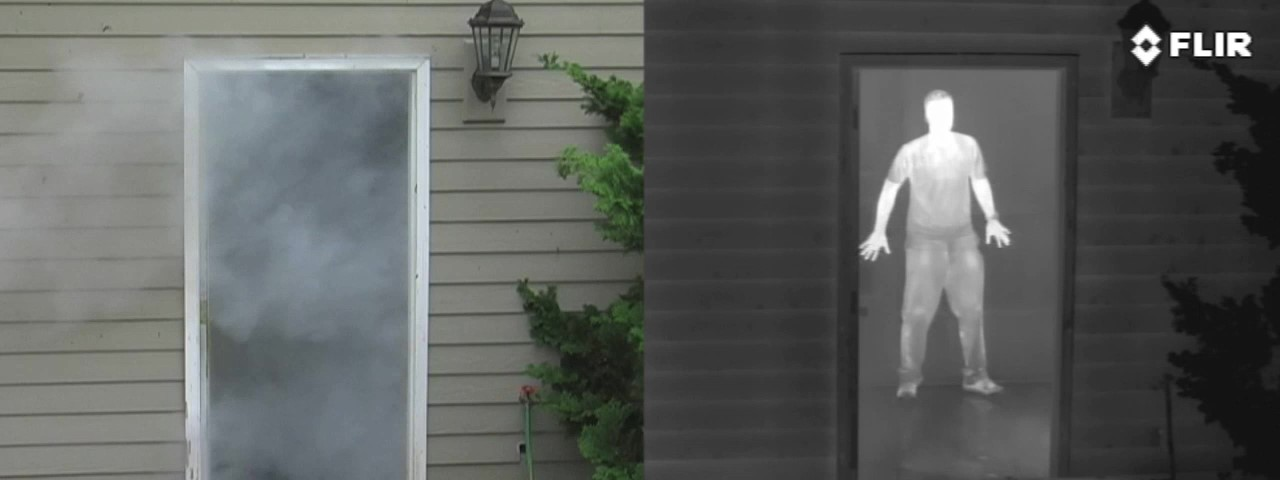
Can thermal cameras see in the dark?
Yes, thermal imaging cameras are excellent for operating in low or no light conditions. Unlike conventional surveillance cameras, which rely on visible light to create an image, thermal imaging cameras use infrared radiation emitted by objects. This makes them ideal for a variety of applications that require monitoring in the dark, such as nighttime security and wildlife viewing.
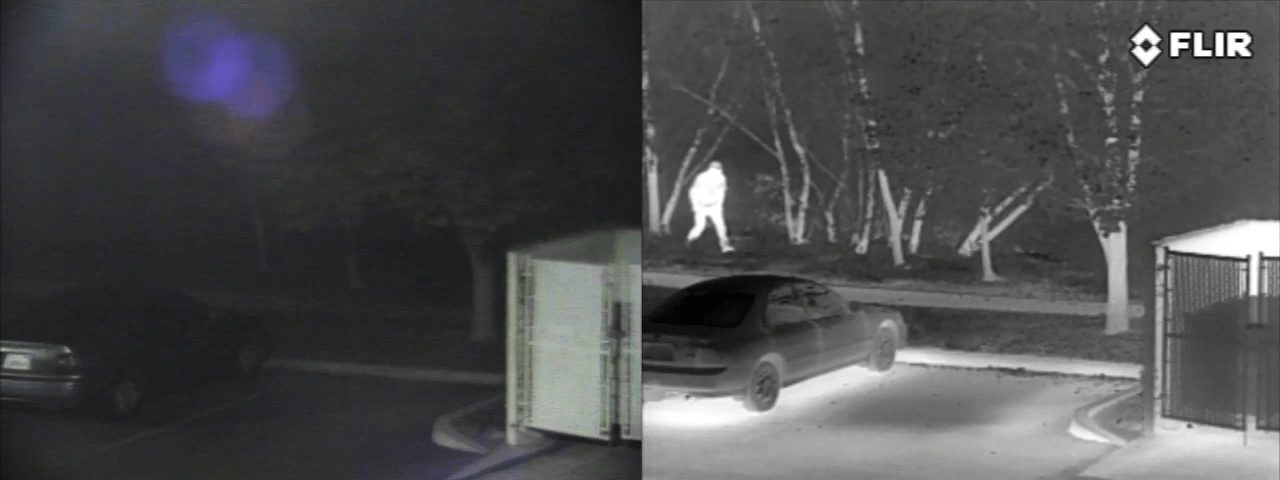
Conclusion
Thermal imaging cameras are incredibly versatile tools with a wide range of applications, from security and surveillance until investigation and rescue. Although they have their limitations, such as the inability to see through certain materials, their ability to operate in low light conditions and see through obstacles such as smoke makes them an invaluable addition to any monitoring toolset. As technology advances, we are likely to see even more applications for these cameras in the future.






 WhatsApp
WhatsApp Telegram
Telegram


